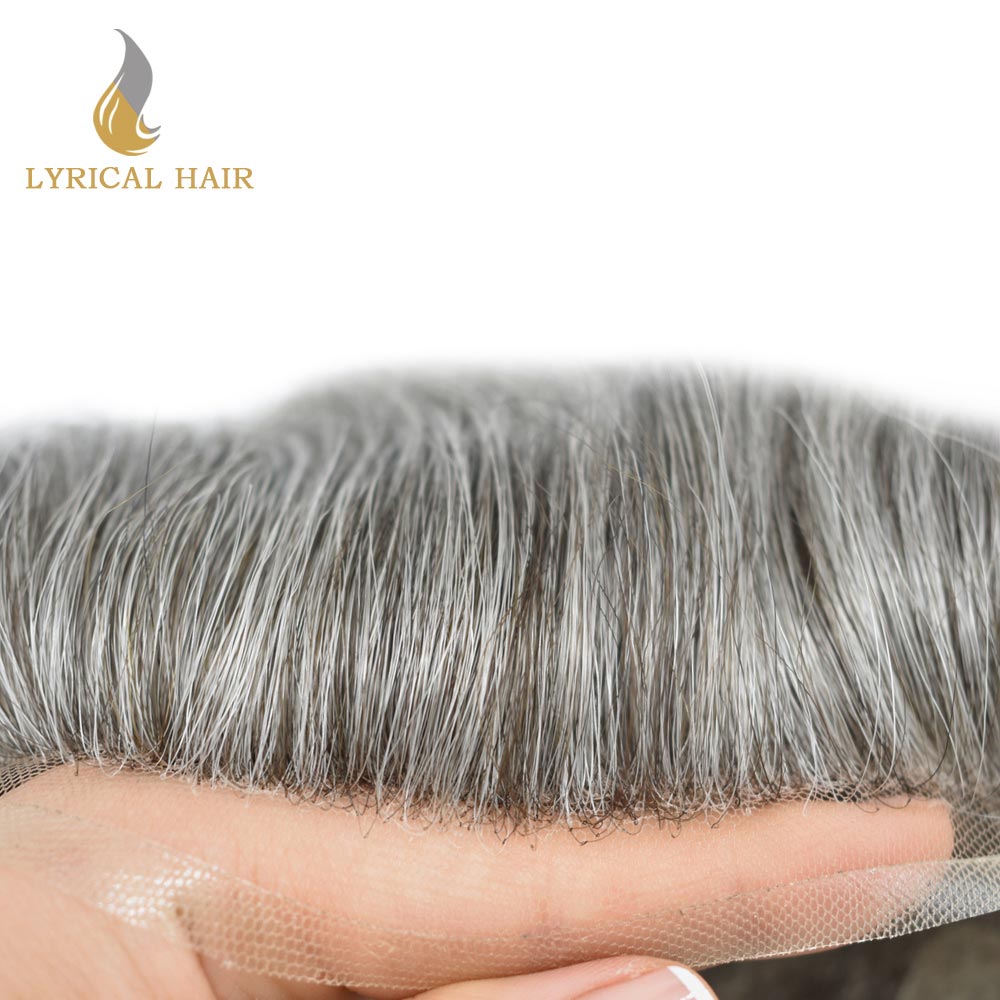
The Ultimate Guide to Hair Systems for Men: Restoring Confidence and Style
In an era where self-presentation and confidence play pivotal roles in personal and professional success, hair loss remains a sensitive issue for many men. Fortunately, advancements in hair restoration technology have introduced a revolutionary solution: hair systems for men. These non-surgical, customizable options offer a natural-looking, durable, and versatile way to regain a full head of hair. This article explores the benefits, types, maintenance, and considerations of men’s hair systems.
1. Understanding Hair Systems for Men

A hair system (also known as a hairpiece, toupee, or wig) is a non-invasive solution designed to cover areas of hair loss. Unlike surgical procedures, hair systems are applied externally, allowing for instant results without downtime. Modern hair systems are crafted from high-quality materials, such as human hair or synthetic fibers, and are tailored to match the wearer’s natural hair color, texture, and style.
2. Why Choose a Hair System?
- Instant Results: Unlike hair transplant surgery, which requires months of recovery, hair systems provide immediate coverage.
- Customization: Each system is tailored to the individual’s head shape, hairline, and preferences.
- Natural Appearance: Advanced techniques ensure seamless blending with existing hair, making detection nearly impossible.
- Low Maintenance: Modern hair systems are durable and require minimal upkeep compared to past alternatives.
- Affordability: Hair systems offer a cost-effective alternative to ongoing surgical treatments or medications.
3. Types of Hair Systems for Men

Hair systems come in various styles to suit different needs:
- Lace Front Hair Systems: Ideal for a natural-looking hairline. The lace base mimics the scalp’s appearance, allowing for realistic parting and styling.
- Skin (Poly) Base Hair Systems: Made from a thin, breathable polymer material, these systems offer a smooth, seamless fit. They are popular for their durability and comfort.
- Mono (Monofilament) Base Hair Systems: These feature a mesh-like base that provides excellent ventilation and a lightweight feel.
- Full Cap Wigs: For extensive hair loss, full-cap wigs offer complete coverage and styling flexibility.
- Partial Hairpieces: Designed to cover specific areas, such as the crown or temples, these systems blend seamlessly with existing hair.
4. The Hair System Application Process
The application of a hair system involves several steps:
- Consultation: A professional stylist assesses the client’s hair loss pattern, head shape, and preferences to recommend the best system.
- Customization: The hair system is tailored to match the client’s hair color, texture, and density. Precise measurements ensure a perfect fit.
- Attachment: Methods include adhesive bonding, clips, or tapes. Professionals use safe, skin-friendly adhesives for a secure hold.
- Styling: The stylist cuts, colors, and styles the hair system to blend seamlessly with the client’s natural hair.
5. Maintenance and Longevity
Proper maintenance is crucial for extending the life of a hair system:
- Regular Cleaning: Use sulfate-free shampoos and conditioners designed for hair systems. Avoid excessive heat or rough handling.
- Adhesive Refresh: Replace tapes or adhesives every 1-2 weeks to maintain a secure bond.
- Styling Precautions: Limit heat styling tools to prevent damage. Use heat protectants if styling is necessary.
- Professional Upkeep: Schedule monthly visits to a stylist for adjustments, cleaning, and reapplication.
With proper care, a high-quality hair system can last 3-6 months or longer.
6. Common Myths and Misconceptions

- “They Look Fake”: Modern hair systems are virtually undetectable when professionally applied.
- “They’re Uncomfortable”: Lightweight materials and breathable bases ensure all-day comfort.
- “They Fall Off Easily”: Secure attachment methods and regular maintenance prevent slippage.
7. Choosing the Right Provider
Selecting a reputable provider is essential for a successful hair system experience:
- Experience: Look for stylists with specialized training in hair system application.
- Quality Products: Ensure the provider uses premium human hair or synthetic fibers.
- Customization Options: Choose a salon that offers tailored solutions to meet individual needs.
- Aftercare Support: Opt for a provider that offers ongoing maintenance and styling services.
8. Embracing Confidence with a Hair System
For many men, hair loss can impact self-esteem and social interactions. A hair system offers a transformative solution by restoring a full head of hair, boosting confidence, and allowing individuals to present their best selves. Whether for professional success, personal relationships, or simply feeling comfortable in one’s own skin, a hair system can make a profound difference.
Conclusion
Hair systems for men represent a cutting-edge solution to hair loss, combining advanced technology with personalized styling. By choosing a high-quality system and working with a skilled professional, individuals can enjoy natural-looking results, comfort, and longevity. Embrace the opportunity to regain your confidence and style—your journey to a fuller head of hair starts here.
This article aims to empower men with knowledge about hair systems, guiding them toward informed decisions and a renewed sense of self-assurance. Remember, hair loss does not define you—your choice to take action does.
